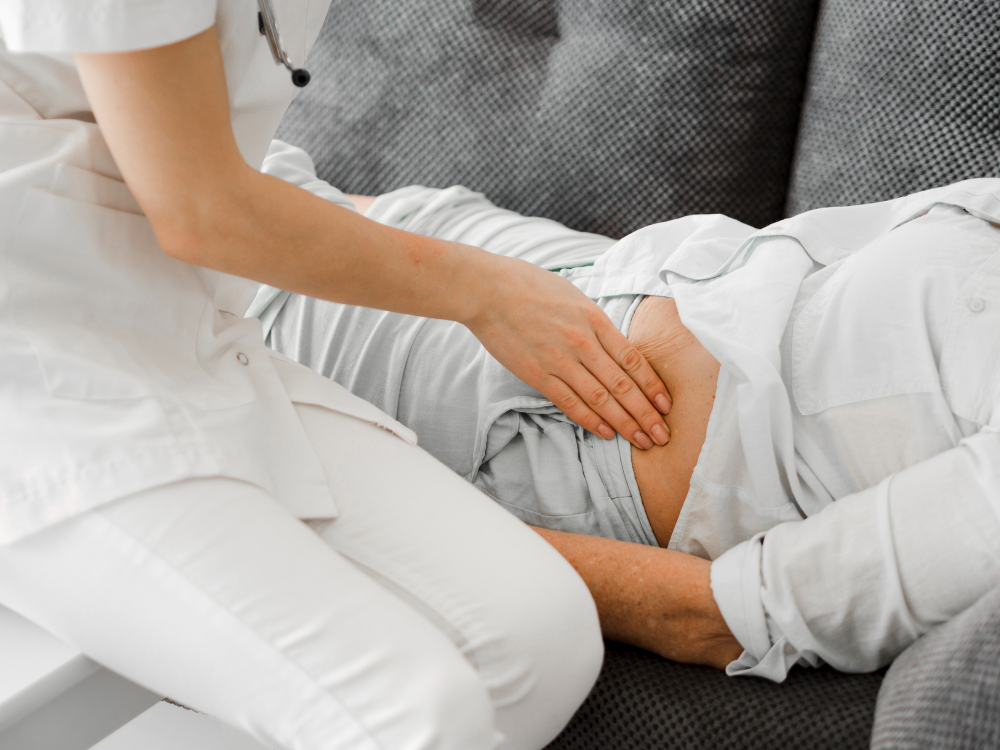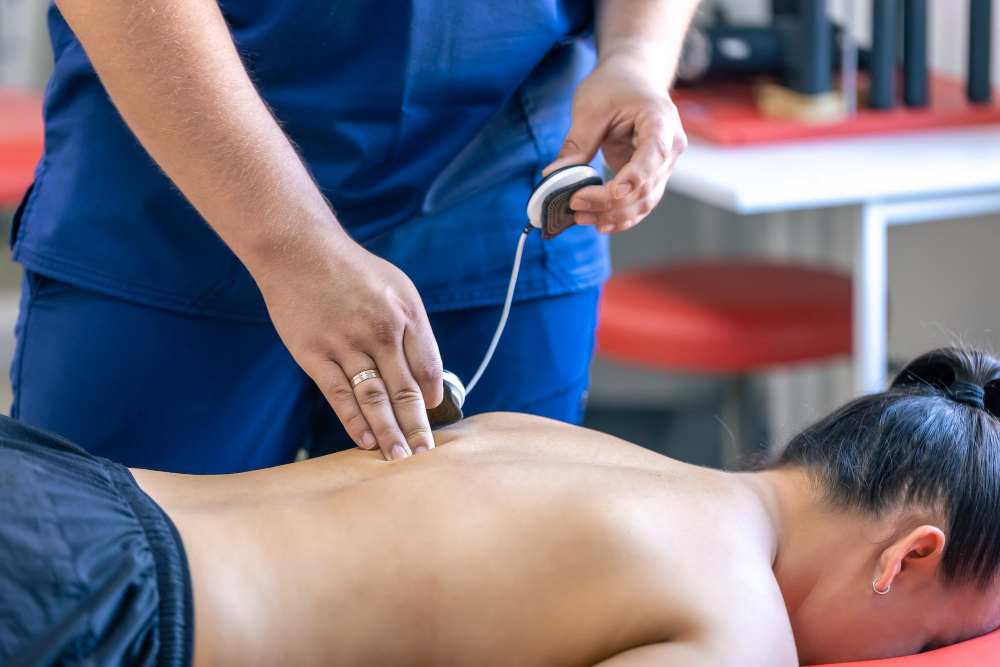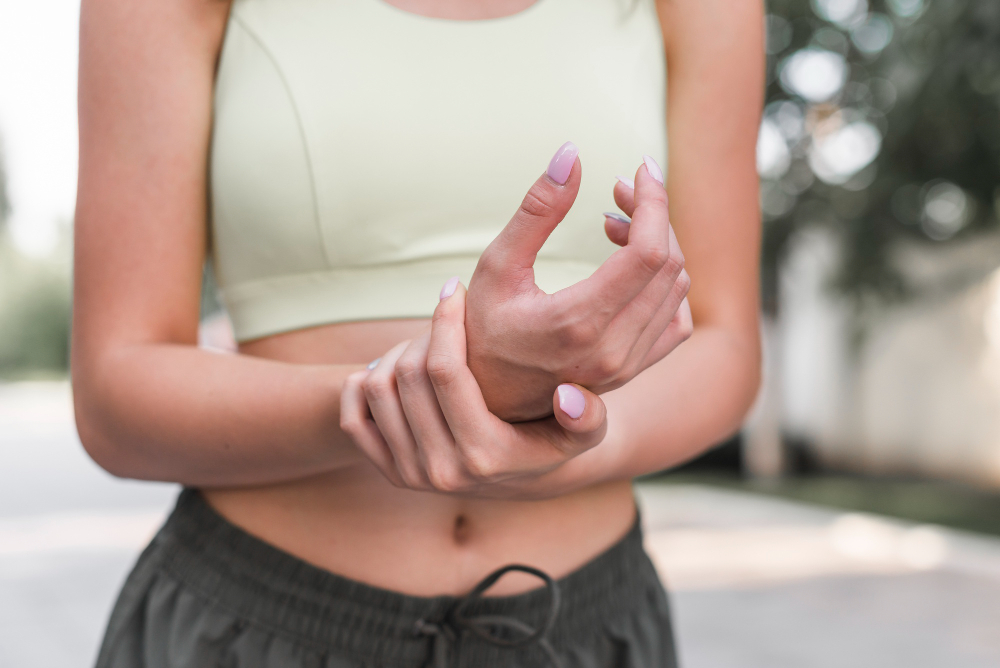Knee injuries of various types are a very common sporting injury. Often, they can be resolved by simply resting the leg and using off the shelf anti-inflammatory pain-killing drugs, with normal activity being resumed a few days later. Sometimes a knee injury can be more serious, especially if one of the ligaments is stretched or torn. What are the symptoms of a torn knee ligament and what can you do to effectively treat one at home?
What are knee ligaments?
Ligaments are bands of tough, elastic connective tissue that surround the knee joint, providing support as well as limiting the joint’s movement. There are 4 major ligaments in the knee. Damaging a knee ligament can make the knee unstable, with a torn ligament severely restricting knee movement.
What are the most common knee ligament injuries?
The four knee ligaments perform different functions and as such, are prone to damage through differing types of incidents.
Anterior cruciate ligament (ACL)
Is the most frequently injured knee ligament. Located in the centre of the knee, It connects the thigh bone to the shin bone. An ACL injury is often caused by a sudden twisting motion, where the feet move one way, and the knees turn the other. Football and skiing are sports that often cause ACL problems.
Posterior cruciate ligament (PCL)
Is situated in the back of the knee and also links the thigh bone to the shin bone. PCL injuries are less frequent than ACL, and are usually caused by sudden impacts, for example in a car crash or from a hard tackle in football.
Lateral collateral ligament (LCL)
Connects the thigh bone to the fibula and gives stability to the outer knee. The LCL is probably the least likely to suffer injury.
Medial collateral ligament (MCL)
Links the thigh bone to the shin bone and gives stability to the inner knee, The MCL is the most frequently injured ligament and blows to the outside of the knee can cause over stretching and injury to the MCL.
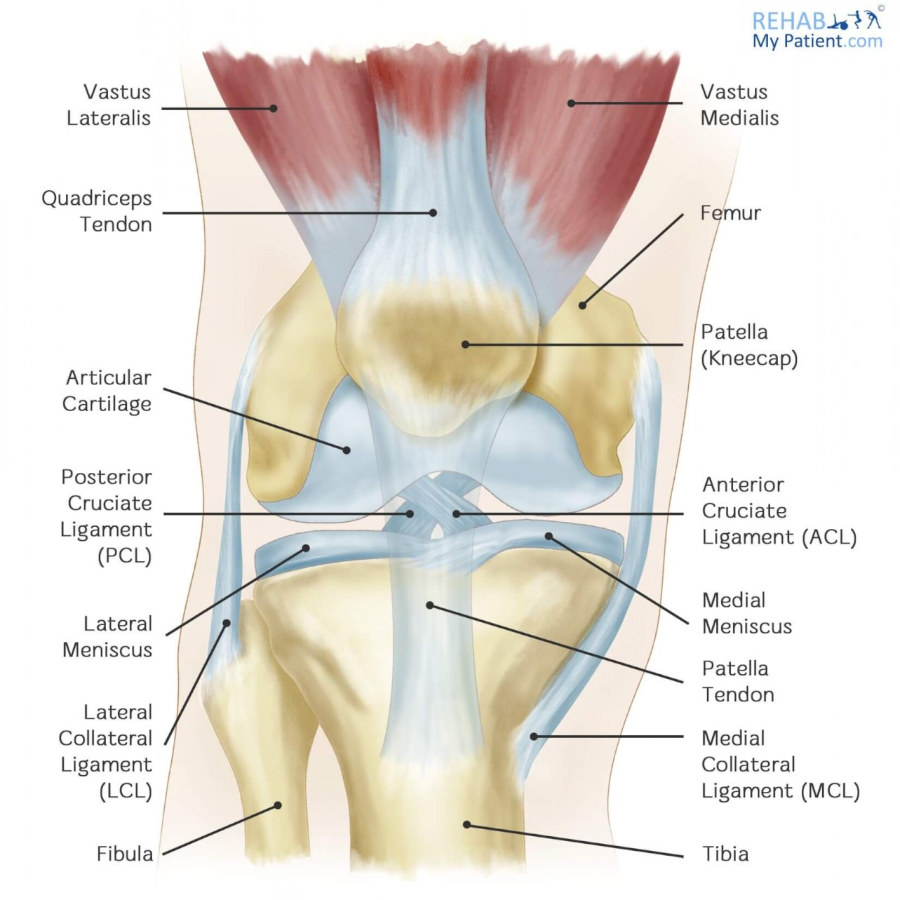
What are the symptoms of a torn knee ligament?
Symptoms may vary, however a popping sound, followed by limited knee movement and swelling is common. Pain, if it occurs, is often sudden and severe. The knee may feel loose, and you may be unable to put any weight on it. You should always confirm the diagnosis of a knee ligament injury with a medical professional, to establish the level and extent of the damage.
How long does a knee ligament injury take to heal?
Depending on the severity of the injury, a torn ligament can take anything from 4-10 weeks to heal, longer if surgery is required. It is important not to try and rush back to normal activities too quickly, as this can lead to further damage. A qualified sports osteopath will be able to tailor a set of recovery exercises to help strengthen and regain mobility in the knee.
Home remedies to treat an injured knee ligament
For less serious injuries, it is possible to effectively treat the knee at home. Initially, RICE is highly effective. You may need to use crutches for a number of weeks, to reduce the pressure put on the joint. Raising your knee on a pillow when you are sitting or lying down can help. A knee brace can help provide external support to the joint, aiding recovery and limiting further damage. Take recommended doses of anti-inflammatory painkillers, such as ibuprofen, to help with pain and swelling.
Low impact exercise is the key to recovery. Practice the gentle stretching and strengthening exercises, recommended by your doctor or therapist. Never stretch so much that it causes pain. It is important not to over exercise the knee, as this may impair the healing process.
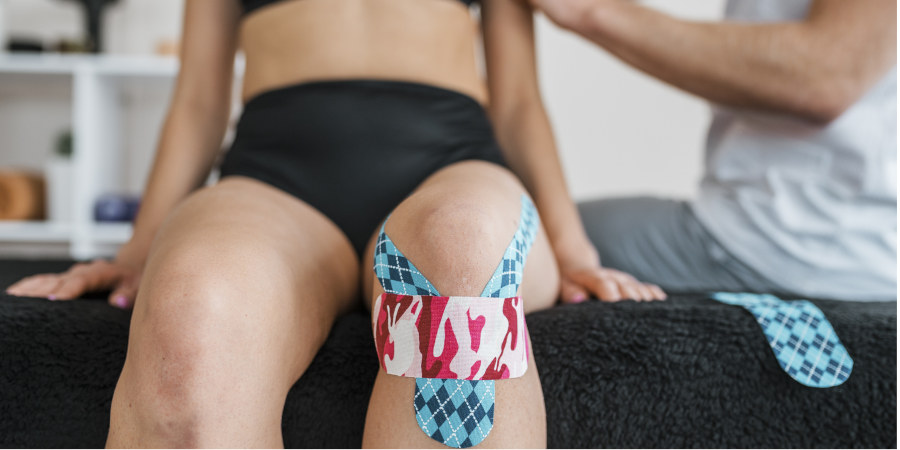
How to help prevent a recurrence of a knee ligament injury
Full recovery has taken place when you can bend and straighten your knee without pain or restriction. There should be no swelling and no pain when you perform any exercise, such as running or walking. If in doubt, consult your doctor or therapist.
To help prevent injury in the future, keep your thigh muscles strong with regular stretching and strengthening exercises. Always warm up your muscles before you undertake strenuous activities. Additional support may be required when taking part in sports that put significant strain on the knee, such as skiing.
How can Carl Todd Clinics help?
Our professional osteopaths and physiotherapists can accurately diagnose your knee injury and create a bespoke exercise plan, tailored for each stage of the recovery process. Once recovered, they can provide targeted exercises to promote strength and flexibility in the supporting muscle groups, to help prevent recurrence.
A torn knee ligament is a serious injury, and we wish you a speedy and complete recovery. If Carl Todd Clinics can help, we would love to hear from you. Please get in touch.


